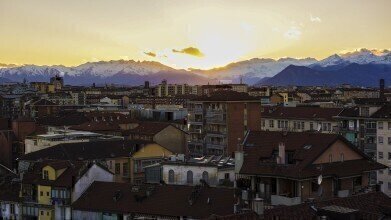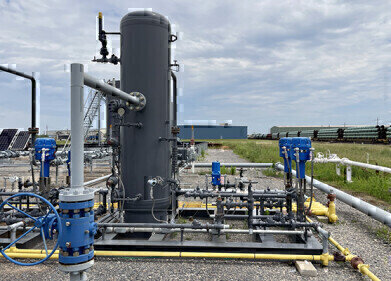Air Clean Up
How Will an Artificial Mountain Reduce Pollution?
Nov 13 2018
An Italian architect has put forward the idea of creating an artificial mountain in the centre of Turin, with the express purpose of absorbing pollution from the atmosphere over the city. Angelo Renna, who hails from Florence originally but is now based in Amsterdam, entered the idea into the project SUCCESS, aimed at using the carbon-capturing properties of soil to ease the impact of manmade activity on the Earth.
Nicknamed Sponge Mountain, the artificial hill would stand at 90 metres in height and would passively absorb harmful carbon dioxide (CO2) from the atmosphere and store it safely in the soil. What’s more, it could be planted with trees and grass and feature picturesque walkways, making it into a park for use by all of the city’s residents and visitors.
Making a mountain out of a molehill
Renna’s plan proposes the use of six million tonnes of soil which must be excavated to create a railway tunnel spanning the 170 miles between Turin and Lyon in France. Rather than letting the soil go to waste, Renna visualises using it to create a massive 90m manmade mountain which would provide aesthetic pleasure for the city’s populace and do tangible good in curbing its carbon emissions.
The kind of quarried soil which will be removed to create the tunnel is believed to have good carbon-capturing properties. With the world ever-more conscious that excessive levels of CO2 in our atmosphere are exacerbating the problems of climate change, sophisticated research has gone into carbon capture and storage (CCS) initiatives. Sponge Mountain is just one of these.
An environmental SUCCESS story?
The SUCCESS project is aimed at leveraging the incredible carbon retention properties of soil to alleviate the stress on our planet. Capable of retaining as much as three times the amount of carbon that plants do and exchanging 33% more carbon with the atmosphere than our oceans do, soil is something of an untapped resource when it comes to CCS.
Renna is hoping to capitalise on that resource with his idea. The passive removal of CO2 from the atmosphere could help to decelerate the damage being wrought on our ecosystems by climate change, although it will not be enough to achieve our targets on its own. At the same time, businesses and governments must do more to limit carbon emissions in the first place, or the world is unlikely to achieve its goal of limiting global warming to 1.5°C.
Turin crying out for change
The Italian metropolis, home to almost a million people, is currently one of the most polluted cities in Europe. Its location in the Po Valley means that contaminated air often becomes trapped above it, unable to dissipate due to the mountains on either side. This means that the average particulate matter 2.5 (PM2.5) readings are around 40μg/m3. For reference, the World Health Organisation (WHO) recommends a maximum upper threshold of 10μg/m3.
Previous attempts to improve air quality and reduce transport-related pollution have seen the city authorities introduce temporary bans on passenger vehicles, though Renna’s idea hopes to offer a more long-term and less intrusive solution to the problem.
Events
Apr 22 2024 Hannover, Germany
Apr 23 2024 Kuala Lumpur, Malaysia
Apr 24 2024 Sao Paulo, Brasil
May 05 2024 Seville, Spain
May 13 2024 Munich, Germany














